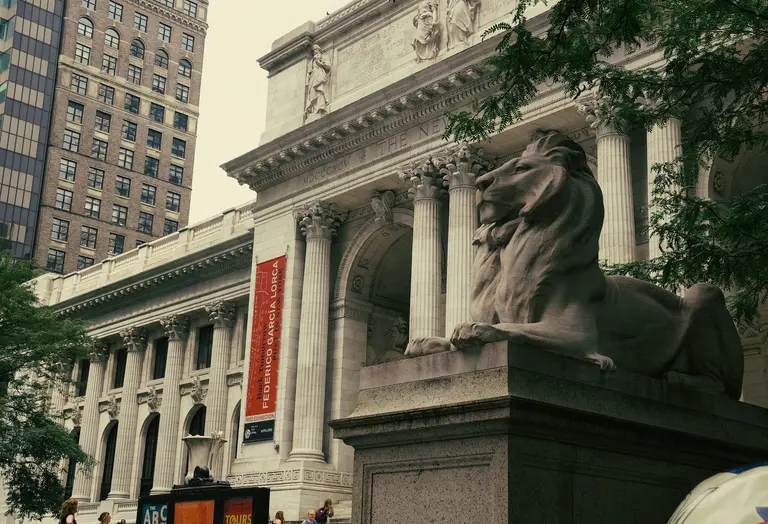The West Side Cowboys and the railway cars that killed 436 people before 1906
The whole history right this way

Photo of the Decker Building via Wally Gobetz on Flickr; photo of Andy Warhol via Wikimedia

Photo via Jeffrey Zeldman/Flickr

Photo via Wiki Commons

An 1870 newspaper illustration of Elizabeth Blackwell giving an anatomy lecture alongside a corpse at the Woman’s Medical College of New York Infirmary. Courtesy of the U.S. Library of Congress.

Steeplechase Park circa 1930-45, via Digital Commonwealth

A 1939 photo of an atom-smasher (cyclotron) at Columbia University. Via Wiki Commons.

Washington Square Park via Wiki Commons; Jane Jacobs via Wiki Commons

Photo via Wiki Commons

Aerial view of the 1939-1940 New York World’s Fair; via NYPL

Stanley Kubrick, from “Faye Emerson: Young Lady in a Hurry,” 1950. © Museum of the City of New York/SK Film Archive, LLC

Photo via Wikimedia

Photo of Delmonico’s in 1903; photo via Wikimedia